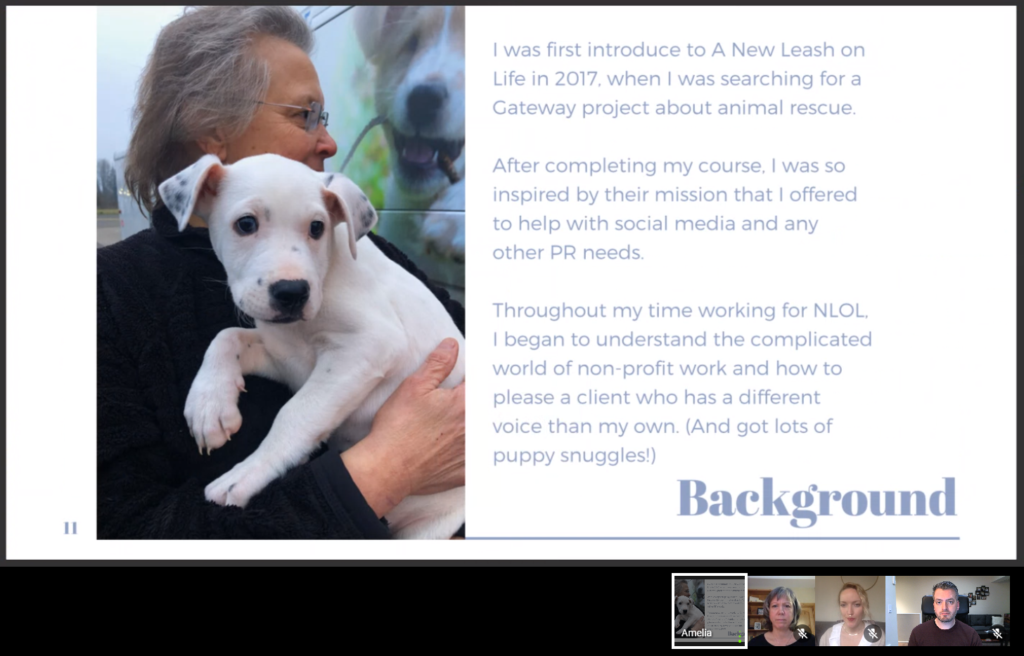
Caffelli encourages its team members to give back to their community, whether it’s breaking a sweat bagging food for the Oregon Food Bank, or getting a little fancy for a multi-cultural, education fundraiser. One of my favorite ways to give back is to volunteer my time helping review the portfolios of graduating students from the University of Oregon.
As a graduate from the UO School of Journalism and Communication, I’ve been through this exact experience. Boy, was I nervous! The reviewers were some of the nicest professionals, some of which I’m still connected with to this day. That’s why, when I was asked if I’d like to volunteer my time, I felt like it was my duty to help soon-to-be graduates with some useful real-world advice related to their portfolios, resumes, and general job-seeking tips. However, this review process was unlike any other I’ve done previously.
A few days before I was scheduled to go to U of O’s satellite campus in Portland’s White Stag building, I received an email stating that these reviews would be done remotely. Self-isolation due to COVID-19 was only just beginning to go into effect in Oregon, but it was well-advised with so many students, instructors, and professionals in one enclosed space. Of course, that creates its own set of challenges and solutions. Listed below are three challenges and solutions I took away from these remote portfolio reviews.

- Challenge: Engage eye-to-eye contact + invite questions
This is easier to do in an in-person setting, since you’re generally sitting in front of the people you’re speaking with. These meetings were done over a group video chat on Google Hangouts, so we only saw the face of our student presenter before and after the portfolio was reviewed.
Solutions:
- Dress professionally, engage with your reviewers before presenting your work, and invite questions, comments, and feedback during and after your presentation.
- Be sure to look directly into the camera while speaking. It may seem unnatural at first, but to the viewer it’s like looking into their eyes.
- Include marked breaks in your presentation for questions or comments. Not only does this give the presenter a break, it draws in your audience to the presentation at hand.
2. Challenge: Adapt and foolproof your presentation for digital snafus
One presenter had a portfolio with a lot of video work in it. Unfortunately, the Wi-Fi connection wasn’t great on her end, which caused much of her valuable work to be hastily glossed over since we couldn’t watch the video.
Solutions:
- Ensure you don’t have to rely on one type of media format through the whole presentation, and if you do have to, take all precautions to ensure the media works when you need it to.
- If the work can’t show itself, describe your learnings from each piece of media being presented. Better yet, have a backup plan like imagery within slides that showcase the key learnings if video doesn’t work.
3. Challenge: Give yourself credit where credit is due
This is a common trait with students especially. Yes, you might not have a lot of professional experience in the industry you want to enter, but we are taking the time to talk with you, so own your experiences. If they shaped you into the person you are, don’t gloss over them in your presentation – own them.
Solutions:
- Take the time to tell the story you’re presenting and make sure you share metrics on how your work has caused growth for a brand or campaign. We’re here to listen to you.
- Practice in front of a friend or family member first to see if there’s anything you can tighten in your presentation.
If you’re job searching in these uncertain times, I hope these tips help you with your next interview, especially if it’s done remotely. Please feel free to share this with anyone you know who is planning to graduate soon and enter the workforce. And, if you ever need someone to bounce ideas off of, Caffelli is willing to listen! Shoot an email to info@caffelli.com to start a dialogue directly with us. Until then, stay safe and wash your hands!






